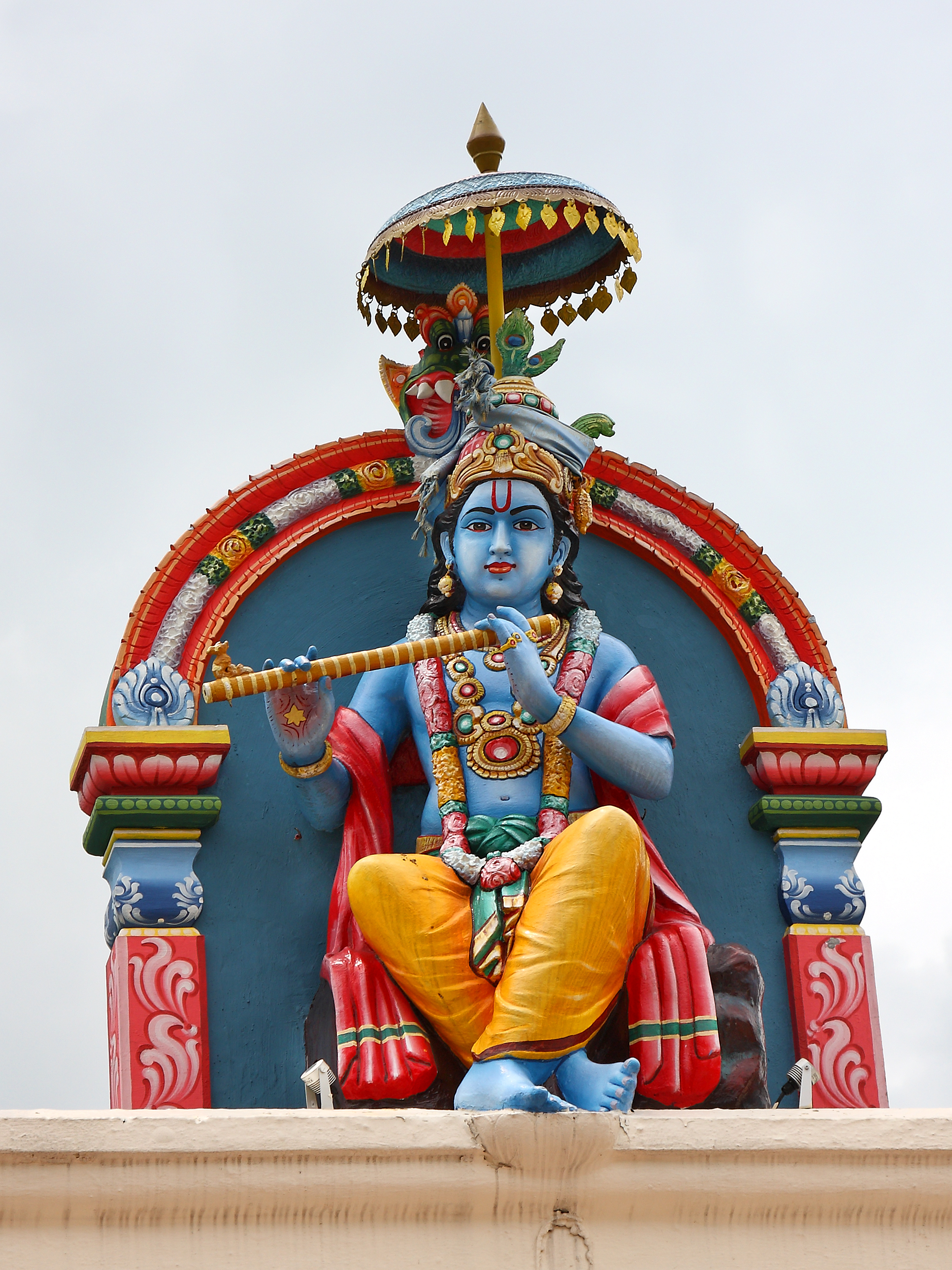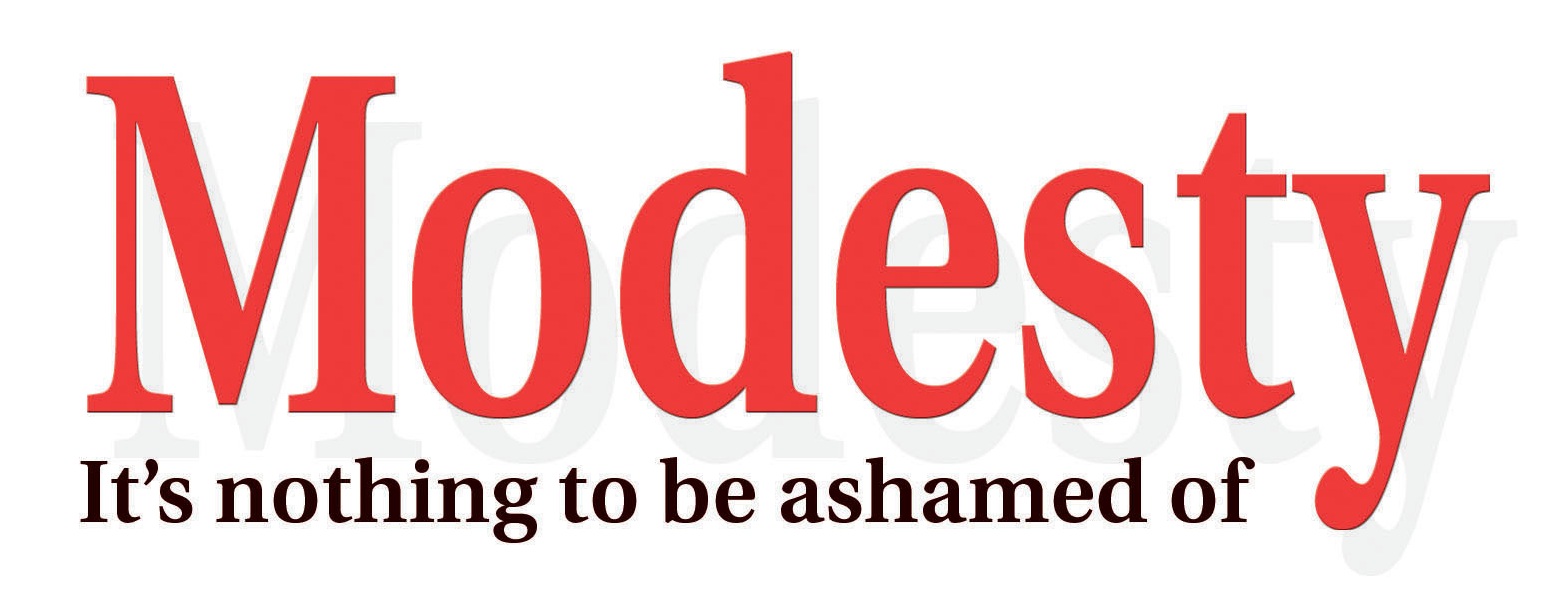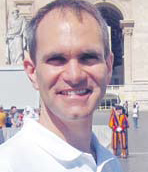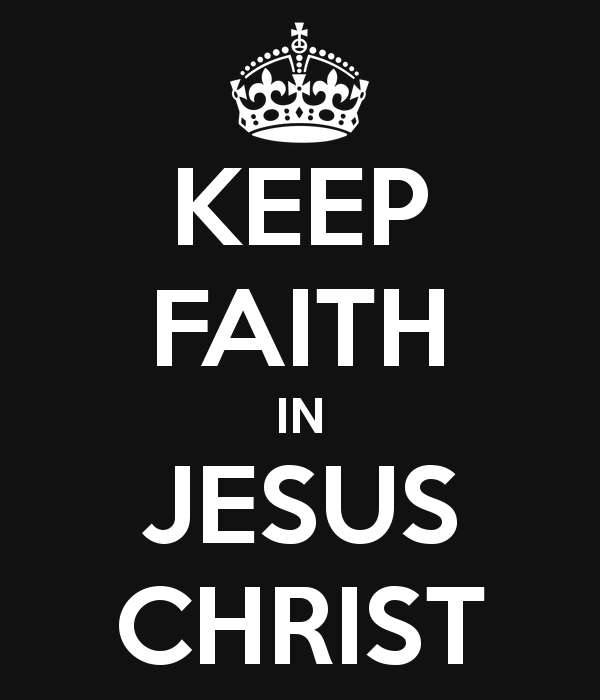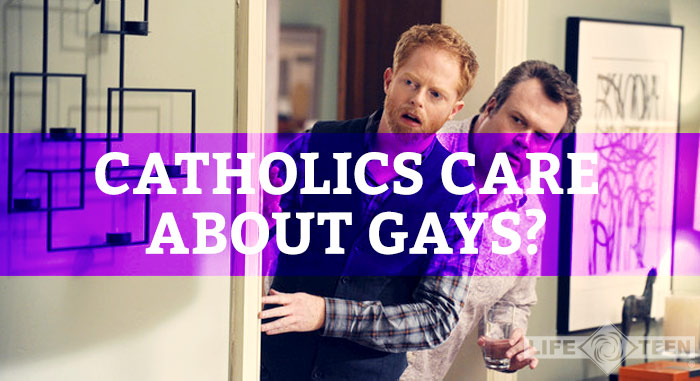I find many people take the politically neutral, albeit incorrect and unthinking position, regardless of what the position is, as long as they don’t have to think or exert any effort forward : warm fuzzies. Not really thinking is always easier. Preferring “peace in our time” is nothing new; never solves anything. Our enemy is the prince of lies. Jer 6:14, 8:11. “What is Truth?”, Pilate retorted. Jn 18:38.

“So far in this series, we have discussed the nature of Yoga in general (1 of 5), and we have learned that it is rooted in hindu beliefs about gods and goddesses who want to influence us (2 of 5). Through further research we saw that a philosophic yoga suggests that the goal of the practice is union in a “higher reality” where distinctions among all things disappear, and even the individual is lost in nothingness (3 of 5). There are, of course, many, many different traditions and styles of yoga, but nearly all blur the distinction between physical exercise and spiritual excellence, making the postures or asanas the first step toward self-transcendence (4 of 5).
In this post, I will address the claim that yoga is not a religion and that it is compatible with any religion. After considering claims to the contrary, we will find that we can meaningfully assert that yoga is religious – especially because of important parallels it has with Catholicism. St. Paul advises us: “test everything; hold fast what is good, abstain from every form of evil” (1 Th 5:19, 21-22). Let us turn our minds to the truth, ask the Lord to bend our hearts according to His will, and explore yoga from a Catholic perspective.
+++++++
“It’s not a religion, dude. It’s a way of life.”
We hear this claim about yoga all the time.[1] It is meant to distance yoga from the negative connotations bound up with religion. If you get too caught up in religion, people commonly think, you will become narrow, doctrinaire, and maybe even violent.[2] This is why many people like to say, “I am spiritual but not religious.” Within this context yoga is seen as an attractive alternative to formal religion while offering some kind of spiritual benefit. There are, however, compelling reasons to hold that yoga is religious though it may not be a religion.
Before explaining why yoga may be considered religious, it would be helpful to discuss why it is often thought not to be a religion. A basic definition of religion is this: religion consists in a belief about (a) a higher power or powers upon which we are dependent, and (b) that it is possible to enter into a sort of relationship with the power or powers. The relationship involves (c) an association of people, with (d) ritual acts that are specific to the group and (e) a way of regulating one’s life in order to maintain good relations with the higher power or powers.[3] A child of ten could see that some of these elements do not apply to yoga. Most importantly, yoga does not embrace any belief that the individual is dependent upon some higher power. From the perspective of yoga, as we have seen in previous posts, gods and goddesses and a separate divinity are only illusions. There is no krishna or shiva; there isn’t even Jesus. Those persons may or may not be historical figures, but at most, they are only manifestations of a supreme reality that is above and beyond them. yoga does not inculcate love of Jesus or obedience to God. yoga does not lead practitioners to act morally upright so that they might get along with krishna, shiva, or Jesus. Instead, yoga aims at what one scholar calls “self-deification”: the postures and breath control are a means toward enlightenment, “the expansion of the self to the point that one’s body or self becomes coextensive with the entire universe.”[4]
So yoga is non-religious, right? It is compatible with every religion or no religion at all, isn’t it? Sure, the historical root of yoga is hinduism, and yoga remains a powerful symbol for the culture of India, but in itself yoga is free from dogmatism, moralism, superstition, and all that religious jazz, wouldn’t you say?
Not so fast.
To compare the concepts of yoga and religion at a fundamental level, it will be useful to compare the meaning of the two words. The word “yoga” comes from the sanskrit yuj, which means, “to yoke together,” “union,” “to join, to bind.”[5] What is the essence of religion? St. Thomas Aquinas explains the concept of religion by discussing the origin of the word: “religion may be derived from religare [to bind together], wherefore Augustine says: ‘May religion bind us to the one Almighty God.’”[6] This analysis by one of the Catholic Church’s greatest theologians leads to an astonishing result. The essence of yoga and the essence of religion are exactly the same. yoga and religion both aim at joining the individual to divinity.
One can hardly deny that yoga has significant religious elements. A number of yoga communities, whether in studios and ashrams, are dedicated to connecting with a higher power. They do so through prescribed rituals led by a person who has a closer connection with the divine, that is, a guru or yoga instructor. yoga rituals include not only the physical postures and breathing techniques. They also include words and gestures that echo words and gestures found in religion. In the beginning and the end of Holy Mass, a priest says, “The Lord be with you.” The congregation responds, “And also with you.” Then the priest blesses the congregation with the sign of the Cross. Paralleling this structure, at the end of a typical yoga session class (and sometimes at the beginning), the yoga instructor says, “namaste.” And the students, “hands together at the heart charka, close the eyes, and bow the head,” responding, “namaste.”[7] The sanskrit word literally, “I bow to you.” In the context of Yoga, it signifies “I bow to the divine in you” or, more accurately, “the divine in me greets the divine in you.”[8] The purpose, we are told, is “to increase the flow of divine love.”[9] A significant difference between the Catholic ritual and the yoga ritual is the understanding of the meaning of a blessing. For Catholics, a blessing comes from Christ who works through the priest. For yoginis, a yoga blessing is not imparted by the teacher; rather, it is initiated by the teacher and shared among all participants. The other is only a mirror of one’s own divinity that deserves honor.
Another religious element integral to yoga is the importance of sound and song. In the Christian religion, singing is an act of worship, as indicated in the adage attributed to St. Augustine, “To sing is to pray twice.”[10] Pope Benedict XVI revealed the cosmological profundity of singing with his observation: “the culture of singing is also the culture of being … it is about vigilantly recognizing with the ‘ears of the heart’ the inner laws of the music of creation, the archetypes of music that the Creator built into his world and into men.”[11] yoga parallels these religious impulses by suggesting that the divine can be reached through sound and song, but it also diverges from them for it lacks a divine person to sing about, one who could listen to the song of worshippers. Here we recall that mantra yoga is often combined with hatha and other types of yoga.[12] yoga practitioners chant “OM,” which is to help awaken them to higher reality. OM is not a word so much as a prayer, a mantra that, when intoned correctly, sounds throughout the body to the depth of the soul. In this way, the mantras of yoga honor the divine and make it more fully realized in the life of the yogini. When a person chants “OM,” she attunes herself to the cosmic vibration and she can enter the state of trance, in which her individuality is transcended and merged with the Infinite divine self.[13]
yogic ritual and chant point to the deepest intention of yoga: to honor and to find union with the divine. Thus far, yoga may be considered a sort of religion. What makes yoga distinct from other religions is how divinity is understood. Within most religions, the divine is a power or person or persons distinct from the self. Within yoga, however, the divine is not a being or a person outside of the self. The divine is identical with the self. Rebirth through brahman is not through a personal God; rather, it a rebirth of one’s mind so that you realize that you are divine, and the divine is everything. Through the yoga disciplines, the person is supposed to discover an ontological identity with everything. With this achieved, she loses her individuality and is dissolved into the divinity that she always was. Thus, yoga is far from being a stranger to the religious realm, for it inculcates a tendency toward self-worship.
Admittedly, there is an important way in which yoga is not a religion. Worship, as noted above, indicates a relationship between persons and/or powers. As long as a yogini is imperfect and has not mastered Yoga, she may still experience herself as a being distinct from others. In this case, she is capable of worshipping herself. But this does not hold in perfect yoga mastery. To help the practitioner obtain perfection, yoga instructor calmly suggests, “Some might get in touch with ganesh or krishna or shiva; others might call upon Jesus. Wherever your spirit leads is where you should go.” In other words, it doesn’t matter what you are praying or to whom you are praying, so long as you are doing yoga. The practice of yoga is primary and all relationships disappear. Even the self disappears. All that is left is the supreme reality, in which all is one. Thus, the perfect practice of yoga does not bring about the fullness of worship, for it is the absence of all relationships. This is why one of the classic studies of yoga insisted: “The method [of yoga] comprises a number of different techniques (physiological, mental, mystical), but they all have one characteristic in common–they are antisocial, or, indeed, antihuman.”[14]
In light of our study, we can make some observations. The fool says that there is no God, but the devil wants to be equal to God.[15] pantheistic yoga unites both of these trends, saying both (a) that there is no distinct personhood in God and (b) that the self is equal to the non-personal “divine” that encompasses the universe. If Yoga is a religion, its rituals incline practitioners to worship the self, which is both divine and created, both nothing and everything. This is the epitome of Satanic pride. But when Yoga moves beyond worship, it ends in the annihilation of the self. This is the epitome of nihilistic despair.
Many yoga practitioners evidently do not believe this. A number simply reject pantheism. Others reject theism. Still others do not think about God at all or do not realize the deepest meaning of yoga. From these various perspectives, people argue that yoga is not about honoring the divine anywhere. Its real purpose, they say, is self-improvement through the self-discipline of physical exercise. I will consider this claim in my next post.”
Love,
Matthew
+++++++
[1] For a more scholarly version of the assertion, see Theos Bernard, quoted in Paul G. Hackett, “Theos Beranard and the Early Days of Tantric Yoga in America,” Yoga in Practice, ed. David Gordon White (Princeton, NJ: Princeton University Press, 2012), 355.
[2] Bl. John Henry Newman elaborates on this modern mindset: “Is not religion associated in your minds with gloom, melancholy, and weariness? … It is so; you cannot deny it. The very terms ‘religion,’ ‘devotion,’ ‘piety,’ ‘conscientiousness,’ ‘mortification,’ and the like, you find to be inexpressibly dull and cheerless.” John Henry Newman, Parochial and Plain Sermons vol. VII, no. 2: 17.
[3] See Morris Jastrow, The Study of Religion (New York, 1901), 170.
[4] David Gordon White, “Yoga, Brief History of an Idea,” Introduction to Yoga in Practice (Princeton, NJ: Princeton University Press, 2012), 12, 8.
[5] I noted this in my second post. The quotation is from Mircea Eliade, Yoga: Immortality and Freedom, trans. Willard R. Trask (Princeton, NJ: Princeton University Press, 1969), 4.
[6] Summa Theologiae II-II, q. 81, a. 1.
[7] http://www.yogajournal.com/article/beginners/the-meaning-of-quot-namaste-quot/
[8] See http://www.abc-of-yoga.com/yoga-dictionary.asp
[9] http://www.yogajournal.com/article/beginners/the-meaning-of-quot-namaste-quot/
[10] The actual quote from St. Augustine is the following: “For he that sings praises, not only praises, but praises with gladness: he that sings praise, not only sings, but also loves him of whom he sings. In praise, there is the speaking forth of one confessing; in singing, the affection also of one loving” (Commentary on Psalm 73, 1).
[11] Benedict XVI, Address in Paris at the Collège des Bernardins, 12 September 2008. http://chiesa.espresso.repubblica.it/articolo/206663?eng=y
[12] See post number four.
[13] See Mircea Eliade, Yoga: Immortality and Freedom, trans. Willard R. Trask (Princeton, NJ: Princeton University Press, 1969), 126.
[14] Eliade, Yoga: Immortality and Freedom, 95.
[15] Ps 14:1, “The fool says in his heart, ‘There is no God.’”; Is 14:12-15, “I will ascend into heaven … I will be like the Most High.” For an analysis of Satan’s pride, see St. Thomas Aquinas, Summa Theologiae I, q. 63, a. 3.








